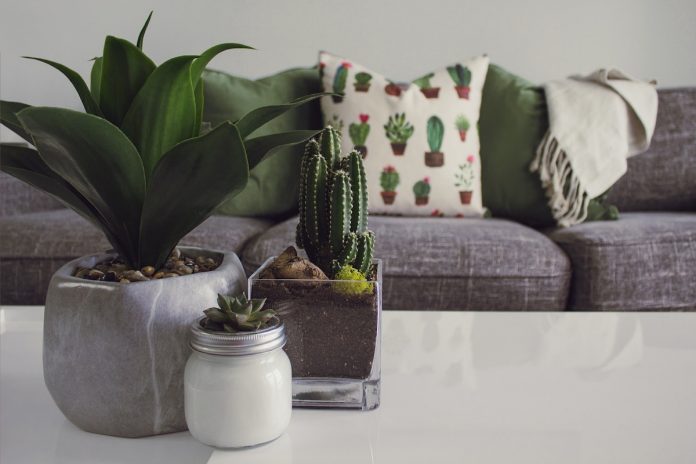5 Quick Tips on Keeping Your Indoor Plants Healthy
Many people love to decorate their homes with indoor plants. They’re beautiful, add life to a room, and make the house feel more welcoming. But what do you need to know in order to keep them healthy and last a long time? There are many different types of popular indoor plants, including English ivy, spider plant, ficus tree, and peace lily, so it can be hard figuring out which ones require more or less attention.
If you have some plants in your home or are considering getting some, here are five quick tips on keeping your indoor plants healthy and thriving.
Let the Sunshine In
Indoor plants need natural light from windows or, if there are no windows in the room, artificial lights. Try to find a spot for your plants that gets at least six hours of direct sun per day or use an industrial grow lamp. Without light, plants will not grow and thrive.
Plants need light to photosynthesize, which is the process of converting sunlight into food. Without light, they won’t be able to do this, which means no new growth or leaves – just old ones sitting around for a long time. Natural light will reduce the need for artificial grow lights and make your plants look healthier for longer.
Use Good Quality Potting Soil
The soil you use for your indoor plants is an important part of their overall health. For starters, you want to fill the pot with soil that is well-draining and has a good water retention capacity (meaning it doesn’t get too soggy). When buying your own pots or plant containers, make sure they are large enough for the size of plant you’ll be growing in them.
Don’t use regular gardening soil in pots that are going to be used for indoor plants. Consult with a professional at a nursery or gardening store if you’re not sure what to use. Be careful when buying your plants, too. Make sure they have good leaves and look healthy. These things can indicate the quality of soil used in their pot or container and potential pests that might be living on them (like spider mites).
Water Your Indoor Plants Regularly
Indoor plants need water to survive. But they also need you to help them get their water because they are not designed with roots that go deep enough in the ground like the plants that grow outside. If you don’t water your indoor plants regularly, the soil will dry out, and no matter how many times they are watered after that – their roots will not be able to get enough moisture.
Depending on the type of indoor plant you have, the soil may need water about every two to seven days. Check on your plants and see what their needs are – you’ll be able to tell if they need water by how dark or light-looking the dirt is in the pot. If a plant has too much dirt, it will look like there isn’t enough moisture around them, so make sure not to overwater them.
Avoid Placing Plants Near Heat Sources
To enjoy the full benefits of healthy plants in your home, avoid placing them near heat sources like radiators, fireplaces, or air vents. These will dry out and kill your plant over time because they’re not designed to withstand high heat or humidity levels without being watered regularly. If the temperature is higher than what the indoor plant can handle in a day, ensure it gets watered more regularly.
You may love having your indoor plants near your home appliances or desks with running PCs, but it’s not a great idea. To ensure healthy plants, they should be at least 3 feet away from these sources. If you have many windows in your home and it’s not too hot outside, consider opening them up for about an hour to let the cool air inside (especially if your plants are getting dry).
Watch Out for Pests
Pests can be a problem for indoor plants. If you see aphids on your plant, use a spray that’s safe enough to be sprayed onto the leaves of your plant to get rid of them before they spread any further (eucalyptus oil or garlic water also work great). If you find whiteflies, it’s best not to take any chances and get rid of them as soon as you can.
Pests are a big problem for indoor plants because they suck the life out of your plant, which will eventually lead to it dying. Pests are going to be an issue if you let things go too long – so act fast and keep on top of them. Look out for signs like leaves turning yellow or brown, wilting, and so on. The sooner you get rid of pests, the better. Proper indoor plant placement also matters.
Conclusion
The tips here should help you keep your plants healthy and thriving for years to come. It’s important to remember that indoor plants need a lot of light, water and love in order to thrive – so don’t forget these three essentials.






